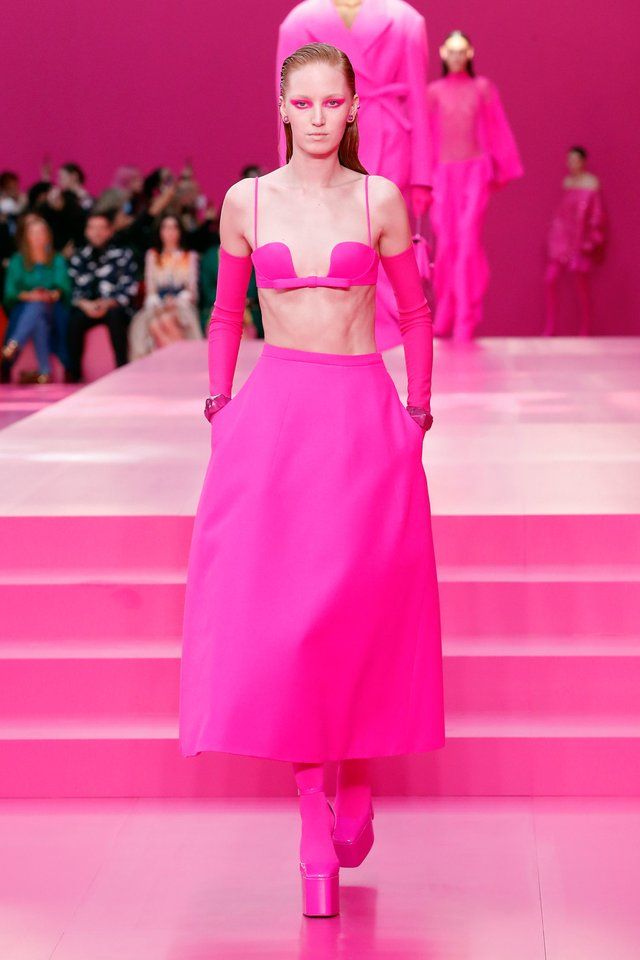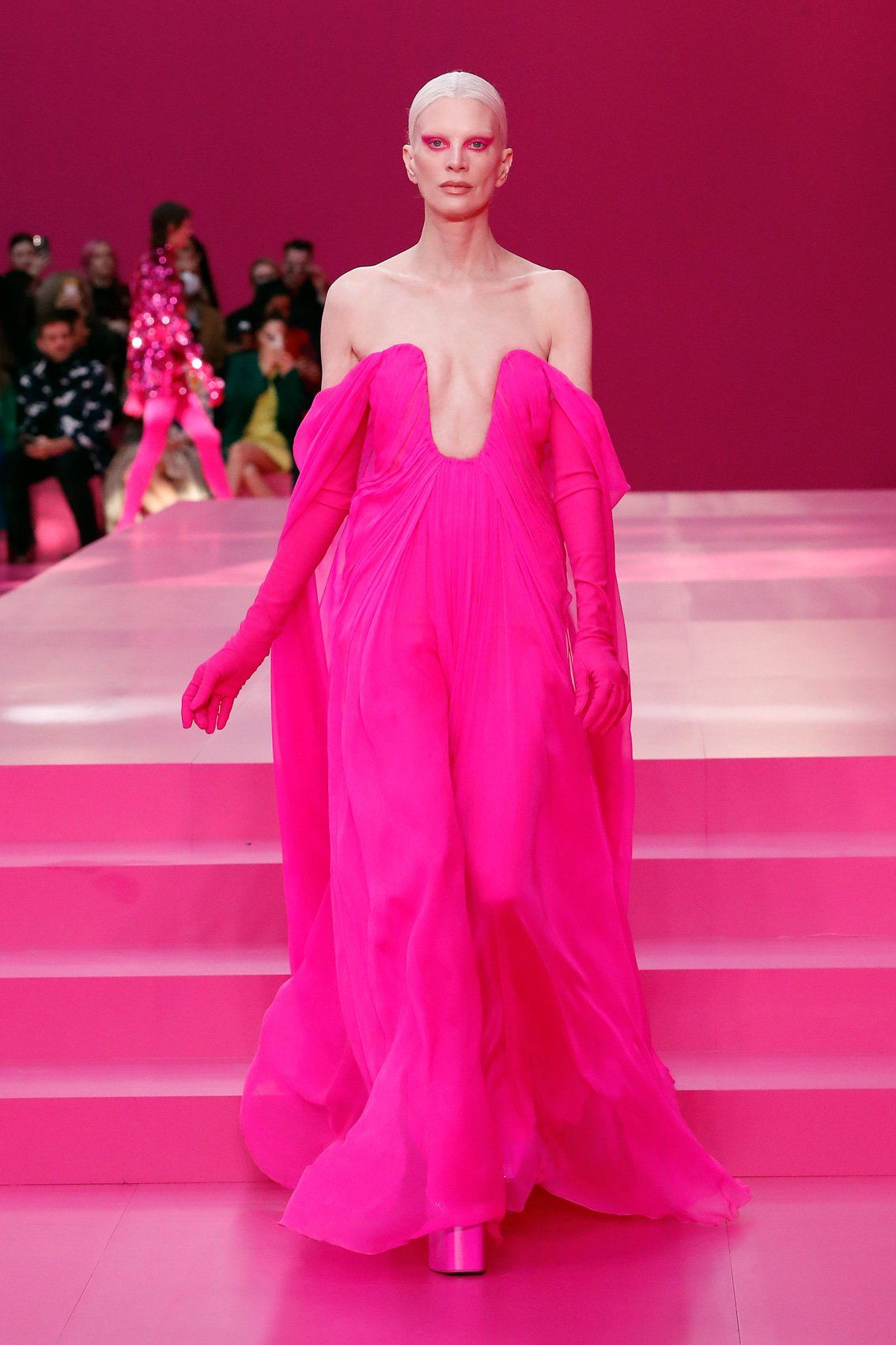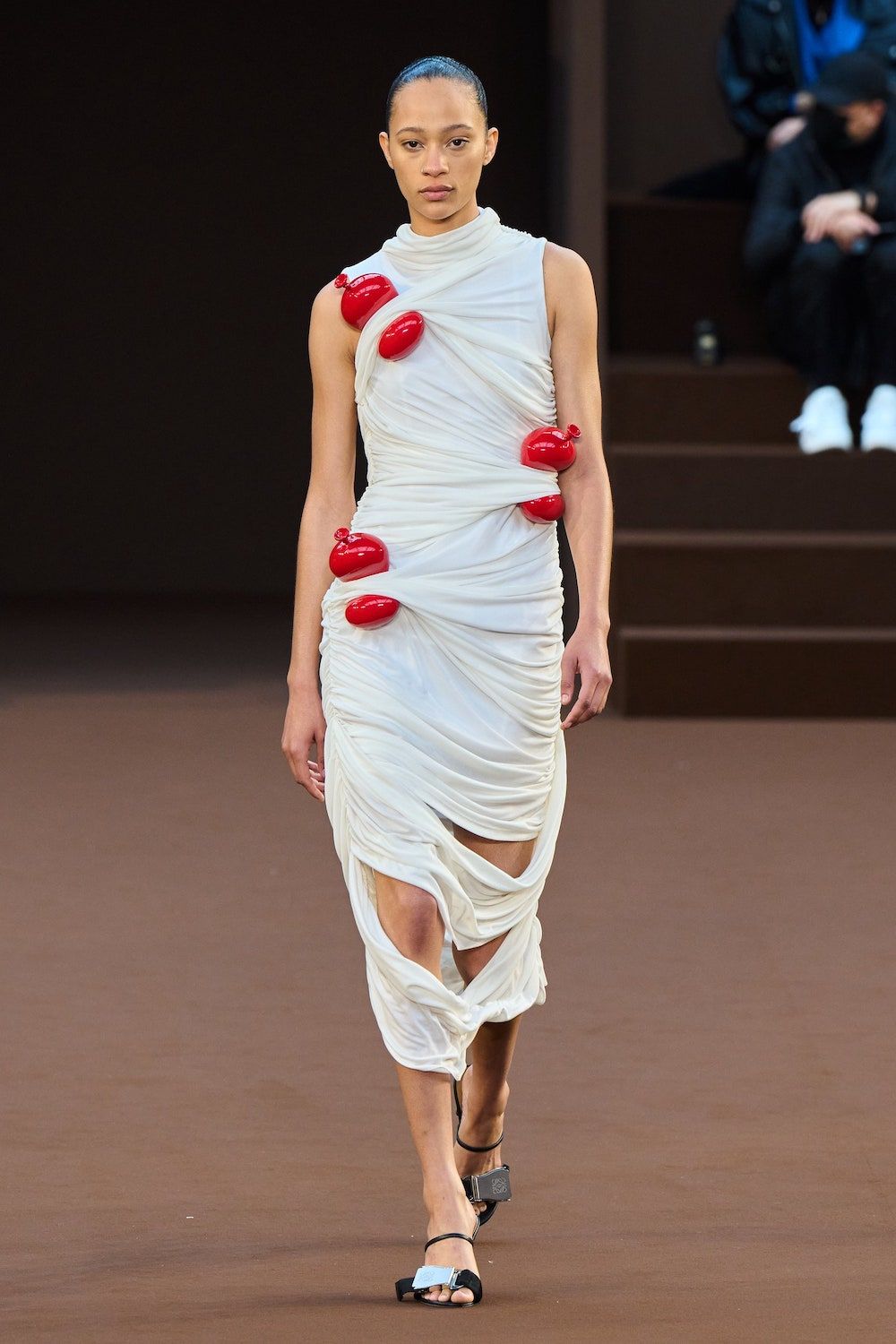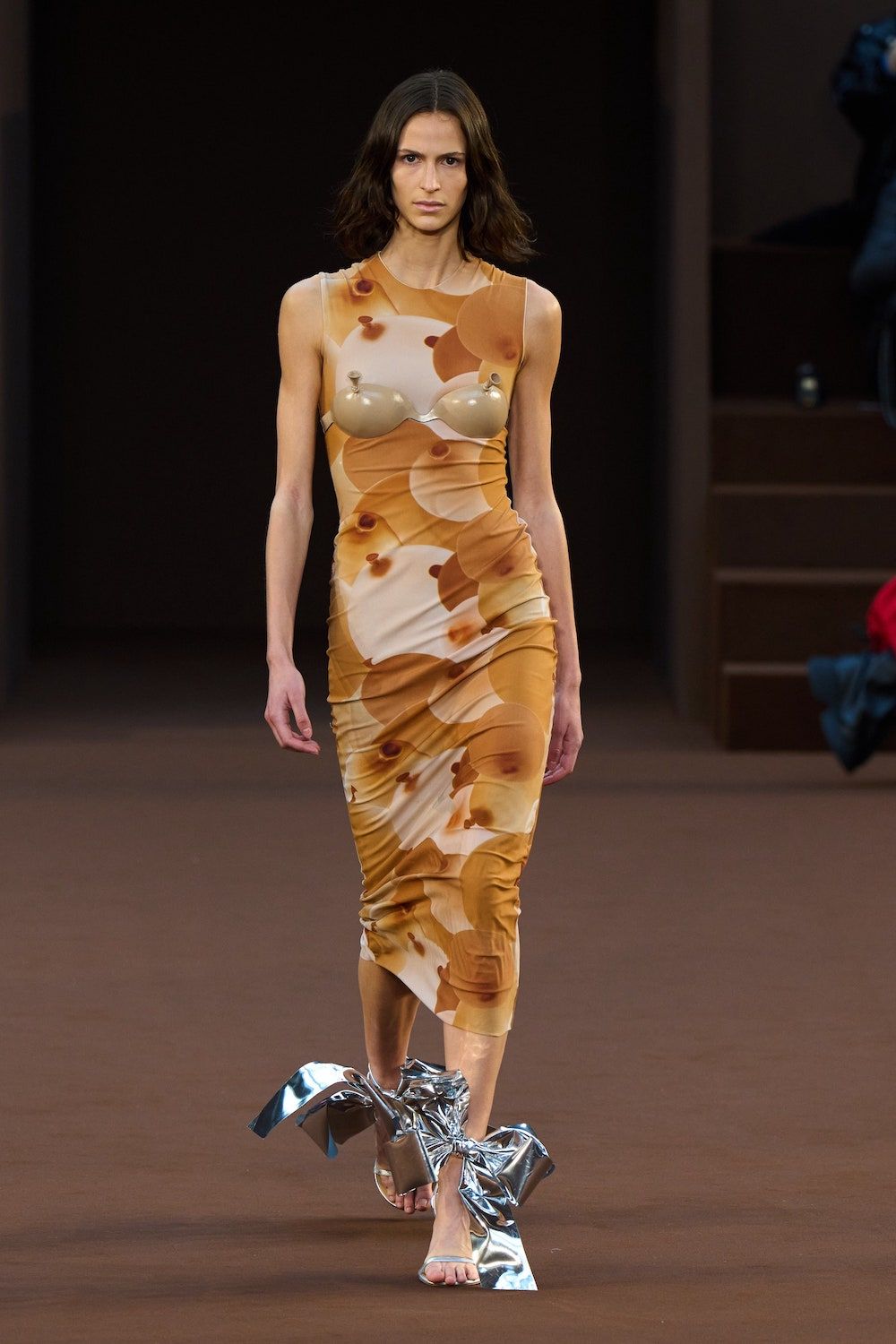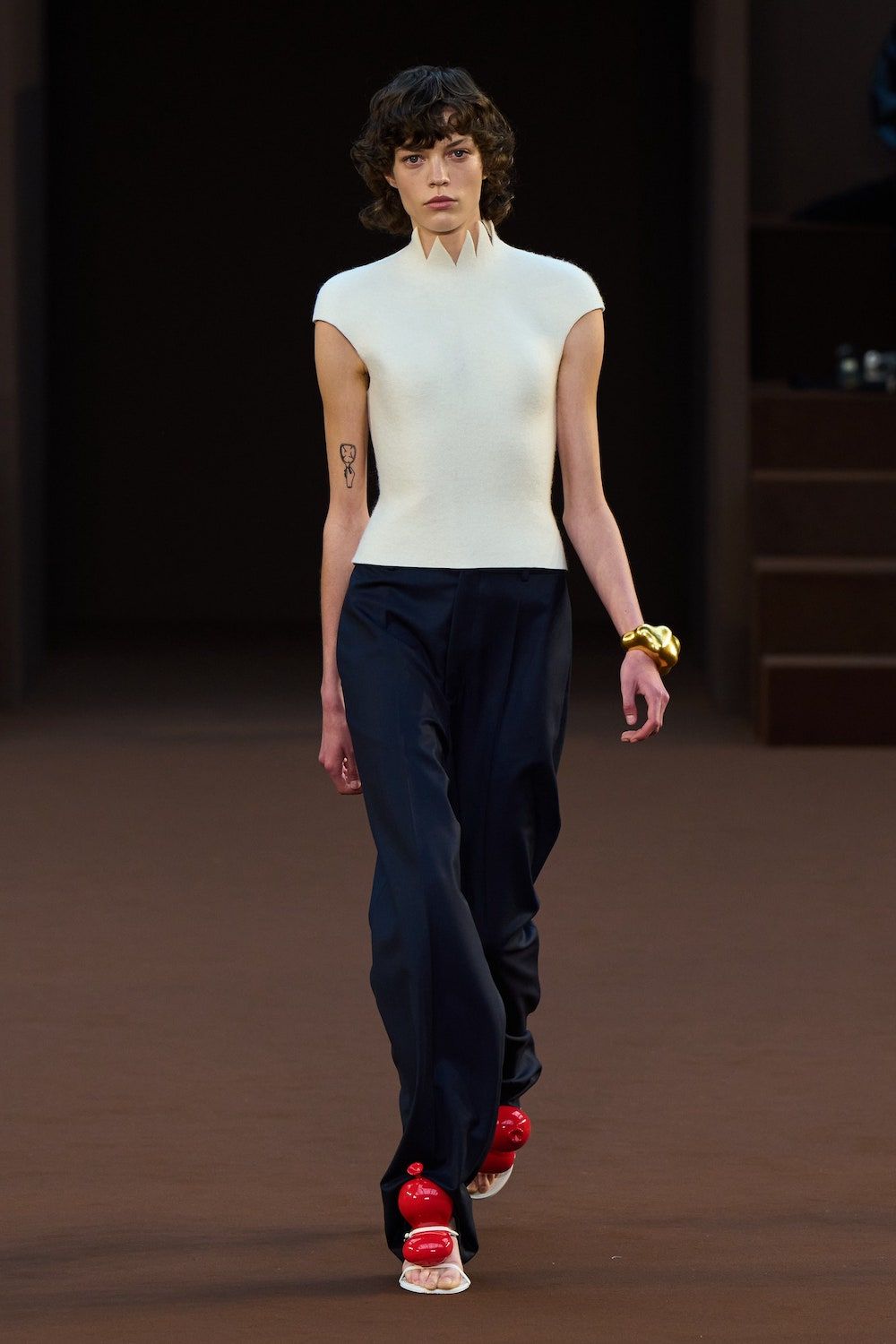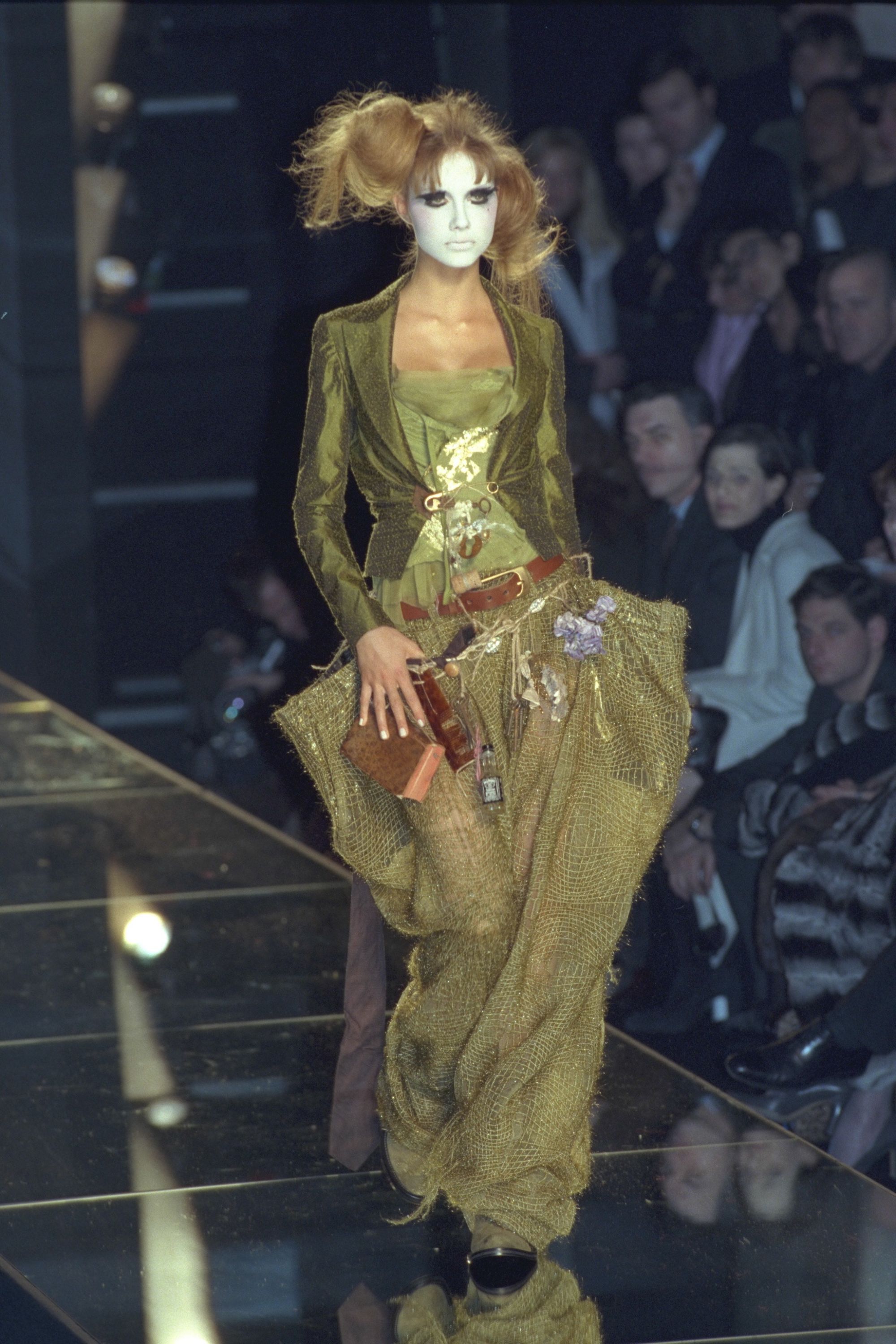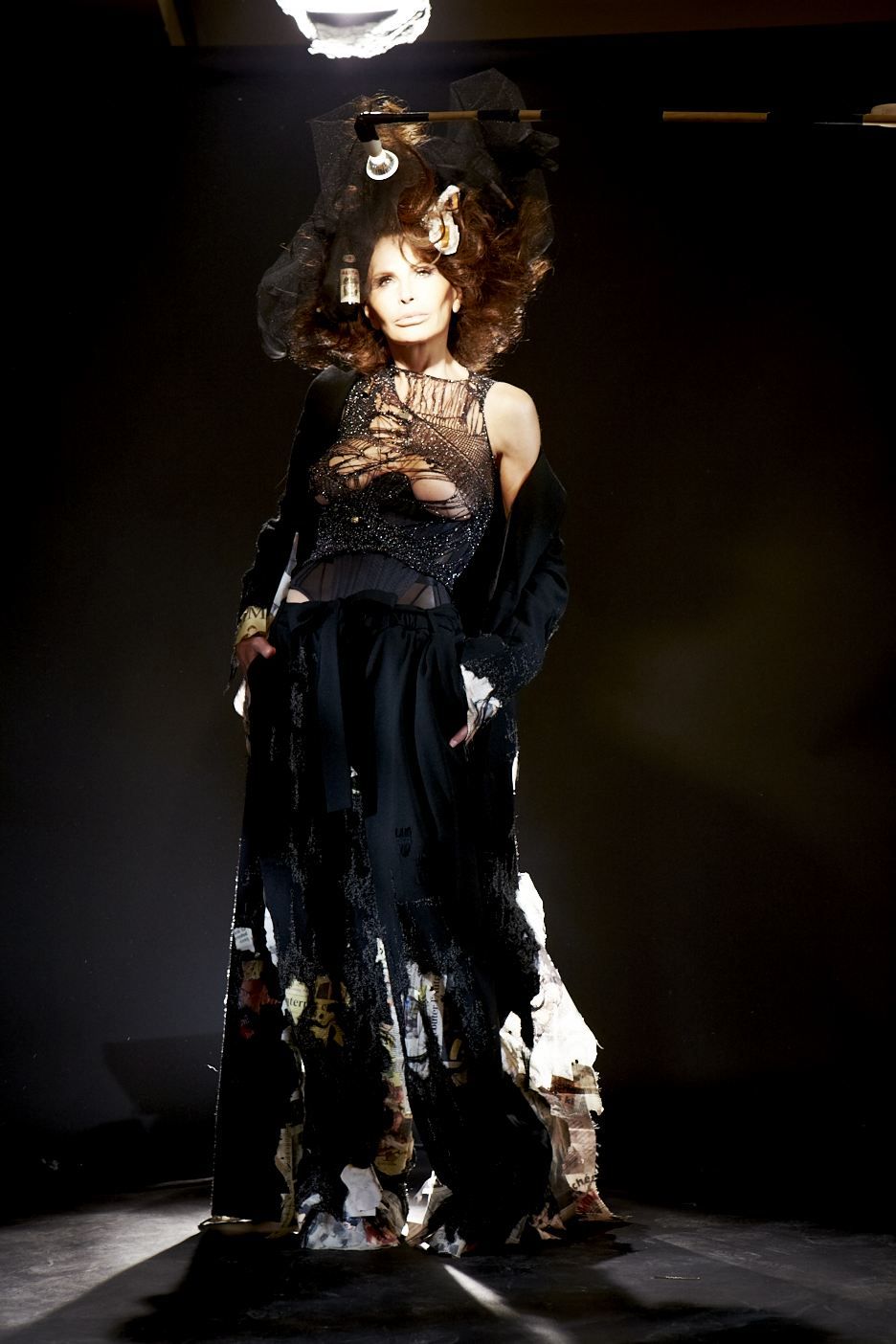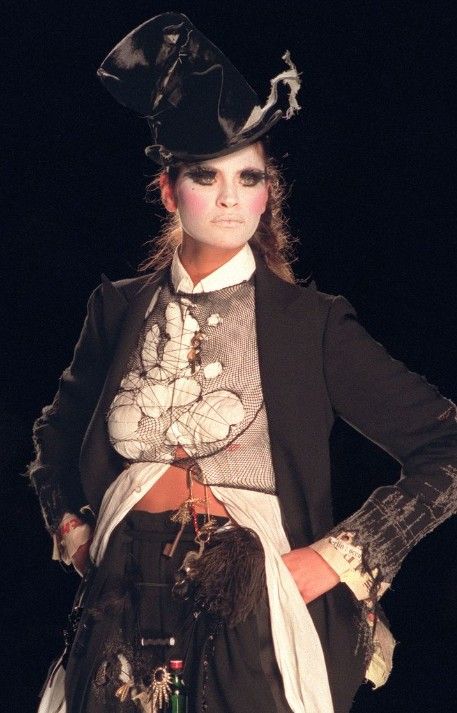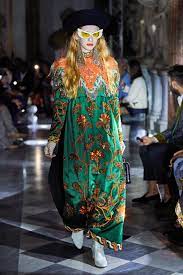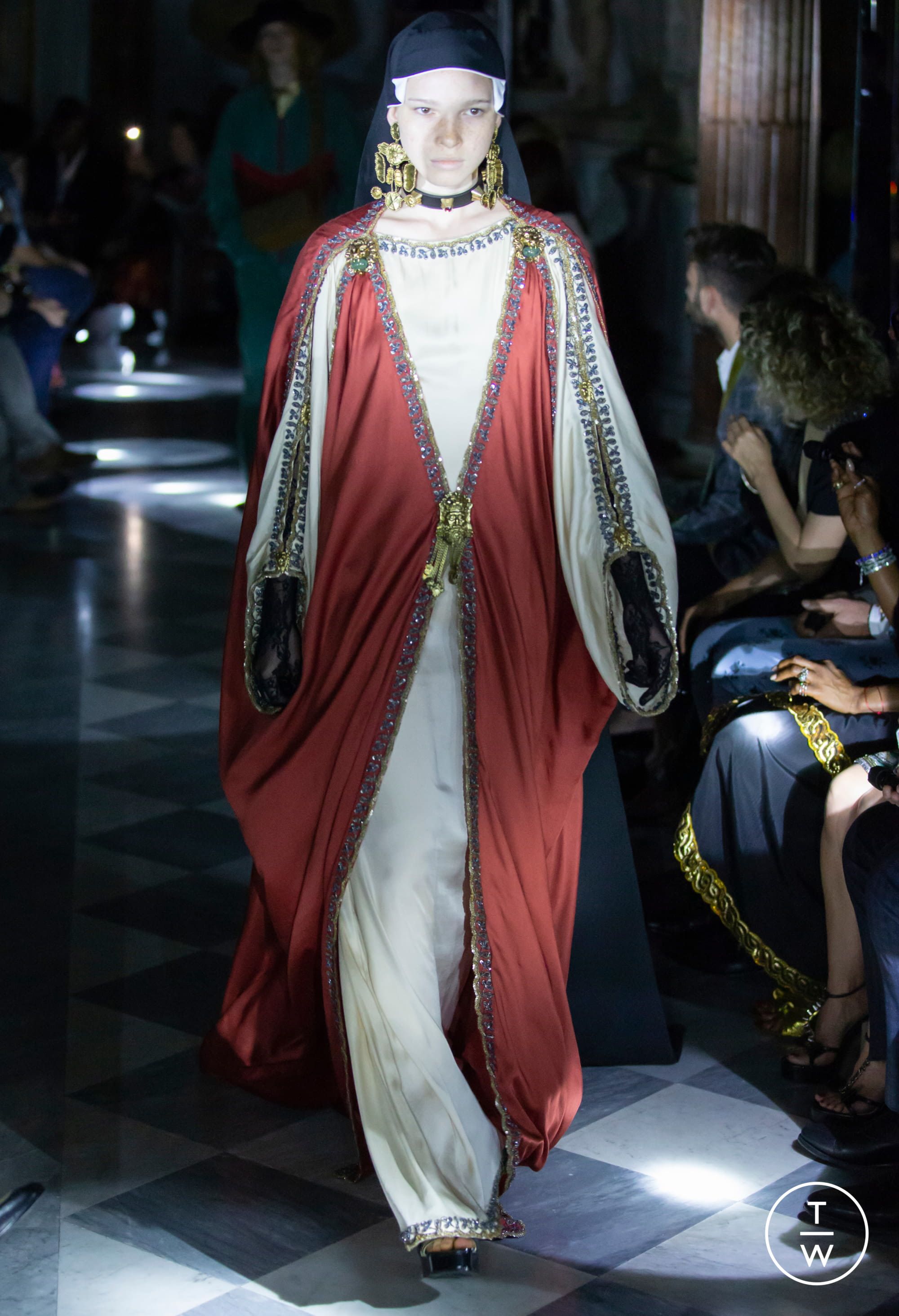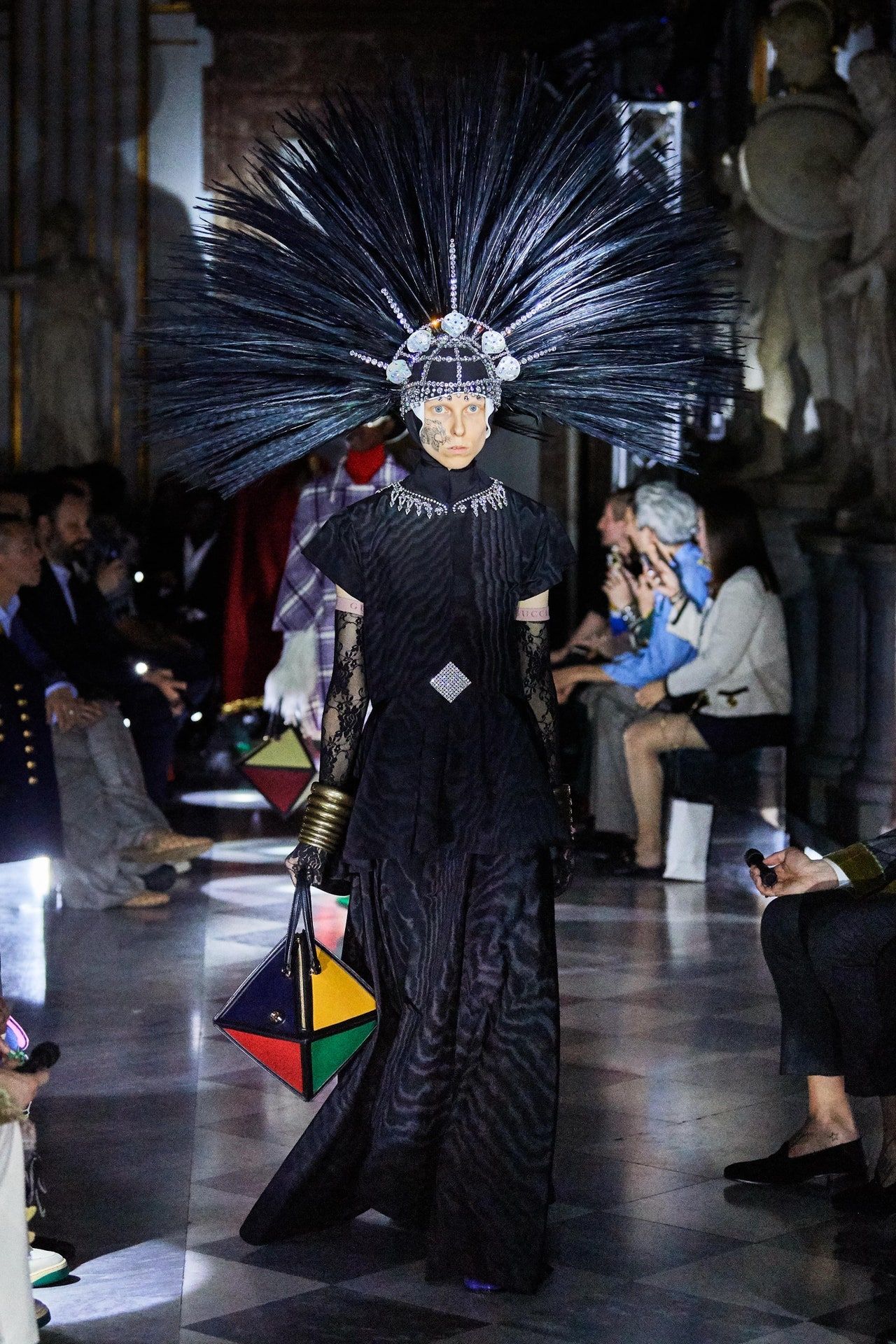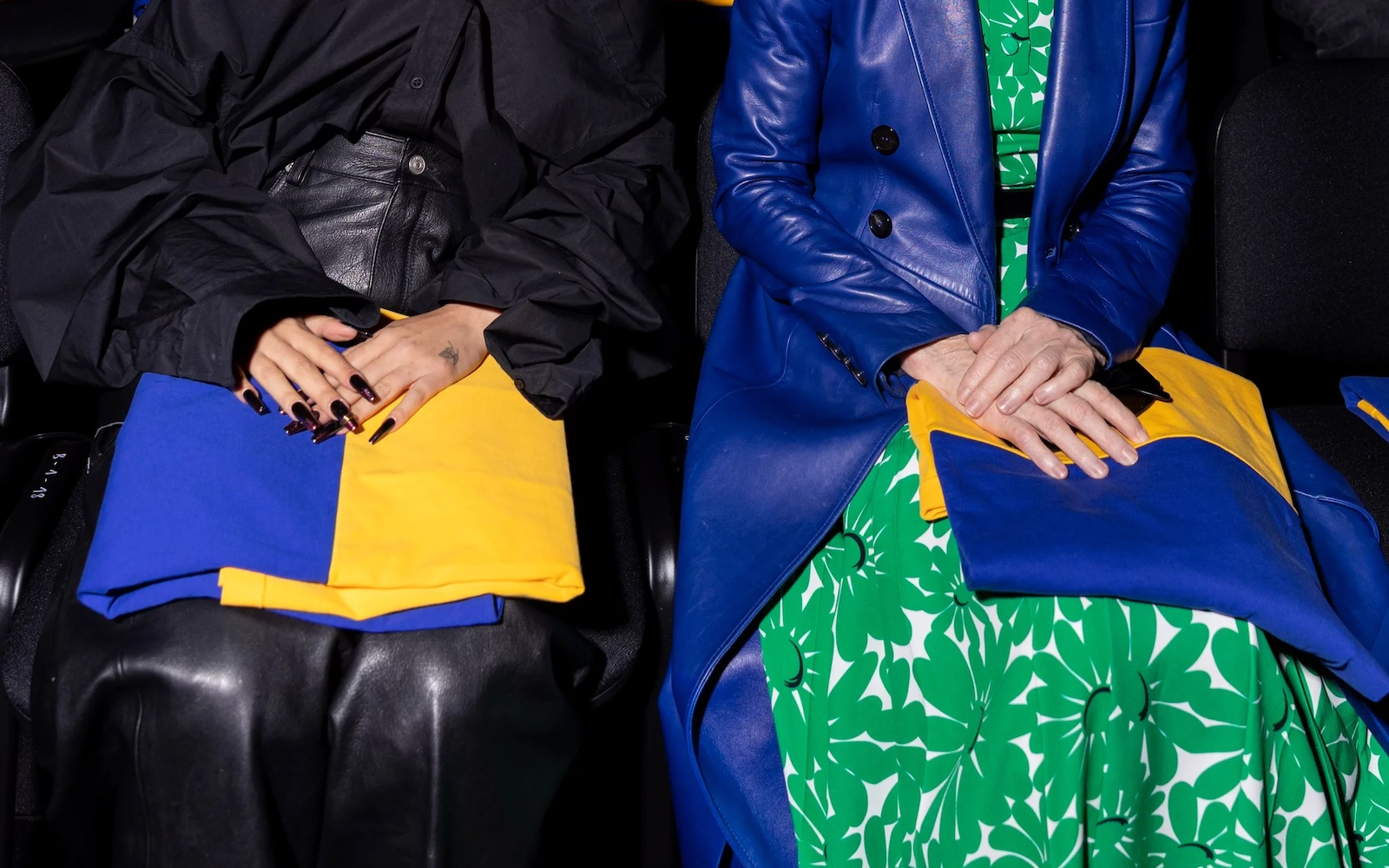
Fashion’s post-covid imagination feels more conscious than ever Recognising and interpreting reality
As the past month of fashion weeks comes to an end with the last few shows in Paris closing the calendar, there was one thing that seemed abundantly clear this season — the industry’s imagination has recovered in a way that feels more socially conscious than ever. In a pre-pandemic world, it was evident that a lot of brands were struggling to create collections that reflected or reacted to the politics of current times while staying true to their aesthetic codes. As a result, political or social discourse or commentary was mostly deemed separate from the creative, and only a handful of names would choose to cross that line.
However this season, there were many more designers who were taking up the challenge of interacting with the current day reality. After two years of a global pandemic and the current reality of Russia’s invasion of Ukraine, fashion houses specifically in Milan and Paris took the opportunity to engage in conversation regarding world events. The most potent and patent event was designer Demna Gvasalia’s show for Balenciaga, which paid tribute to the Ukranian people from his perspective of a Georgian refugee in Germany during the war in Abkhazia, Georgia in 1993 ; Pierpaolo Piccoli took a different approach with an entirely hot pink toned Valentino show that he considered a show of love for the Ukranian people, “We see you, we feel you, we love you because love is the answer always,” he commented in a voiceover before the show; at Hermès Nadège Vanhee-Cybulski embraced female sexuality with a collection created around the notion that, “sex is okay—it’s not something to be ashamed of"; at Loewe Jonathan Anderson explored the social tensions of today through surrealism with a collection built around the tension of a balloon, “A balloon creates tension, It will pop, it won’t last forever”; and Alessandro Michele also took a similar whimsical approach in his ideology for Gucci’s show, with a show created around the concept of mirrors potentially being both channels of who we are and who we wish to be.
This was particularly notable as it was a palpable increase in social discourse on the runway from pre-pandemic days. Designers and fashion houses have always been very cautious regarding if and how they cover current affairs out of fear of backlash. In 2000, John Galliano’s “clochard” show for Dior was one of the most controversial as it was a haute couture collection inspired by Paris’ homeless population for which he was widely accused of trivializing poverty. Fast forward to more modern times before the pandemic and there were budding conversations regarding the runway’s ability to articulate serious issues, however those actually successfully putting action to word were still quite scarce compared to the wider scope of things. There was Alessandro Michele for Gucci Resort 2020, championing women’s rights to choose amid the struggles of abortion bans in America; Demna for Balenciaga spring 2020, staged in a parliamentary-style chamber, as an allegory about power during talks of Brexit ; and Telfar’s insightfully crafted shows in commentary on what it means to be Black in America. These seasons of 2018-2020 represented the industry pivoting in the direction of social awareness, runways included, and the pandemic, the Black Lives Matter Movements and other world events have undoubtedly been a nudge to find ways to expound further upon this.
Although there is more demand for the industry to use its voice, this doesn’t lessen the risk of doing so. Gucci’s SS20 show in an attempt to show how biopolitics affects and restricts us as a society, ended up backfiring in a protest for trivializing mental health. For many occasions like this, brands finding their voice in social discourse is a try and fail attempt. However the fact that there is an increasing level of awareness being woven into the creativity of these designers is a testament that we are living in an era that requires more of brands from a sociopolitical standpoint than it did a decade ago. It is also proof that the way in which the industry is seen as an art form has evolved. Whereas in the past it was assumed that the industry did not have the tools, capacity or the sophistication to speak on serious matters through collections, today, as a result of their increased social responsibilities, it is almost expected for designers and creative directors to act as artists. Not just makers of clothes, but rather complex creatives who possess the artistic abilities to acknowledge reality and interpret it in a way that creates both a reflection and an escapist fantasy. As more brands visibly stepped up to fill this role in its entirety this season, this approach is only expected to continue to grow, which although might be risky on one hand, will essentially be beneficial in some way in promoting meaningful conversation within the industry.











































